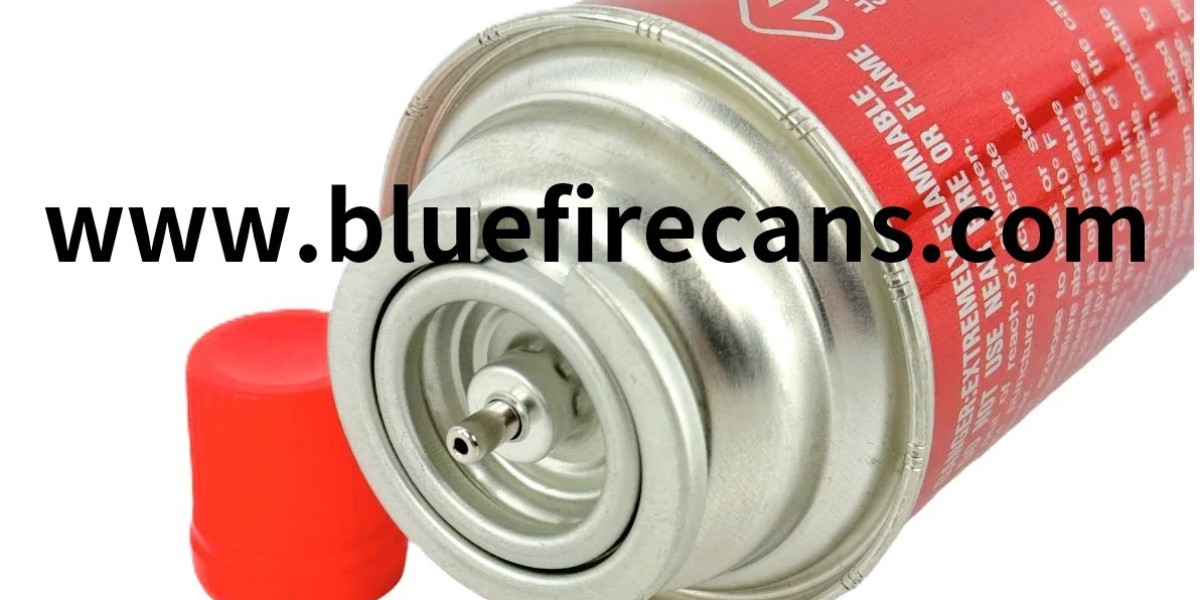A few practical choices turn a weekend outing from uncertain to carefree. A 450g Gas Canister is the compromise many groups choose when they want more cooking time without lugging heavy cylinders, and this guide explains why that size works well for short trips and how simple gear and handling choices make the experience smoother for campers, cooks and event hosts.
Start with the match between fuel capacity and trip pattern. For a typical weekend plan where meals, hot drinks and a morning brew are on the agenda, a larger cartridge reduces the number of swaps and spare units you must carry. That matters when group members need quick warm meals after a long day outdoors and when rental operators must turn kits around quickly between bookings. Choosing the right canister size keeps logistics tidy and reduces the chance of mid trip improvisation.
Stove choice and pot selection multiply the usefulness of a single canister. A stove that focuses heat on the pot base rather than throwing flame around the sides uses less fuel for the same result. Flat based cookware with fitted lids traps heat and lets you lower the flame sooner. For group cooking try batch meals that share a single boil step, which compresses fuel usage and gives everyone hot plates with less active stove time.
Protecting valves and packing prudently matters more than many users expect. Valve damage incurred in transit is a frequent reason for returns and delays. Use protective collars and upright packing to prevent knocks and avoid placing heavy items on top of fuel cases. A small sleeve around the valve area keeps caps from being forced off during handling. For event suppliers and retailers this investment in packing reduces the number of units that arrive compromised and keeps staff time focused on service.
Temperature and exposure affect how confidently a canister performs. Store canisters away from direct heat and avoid leaving them in vehicles parked in hot sun. In cold weather keep spare sealed units inside insulated pockets or near warm parts of a pack until needed. Simple warming techniques that avoid direct flame such as keeping a sealed spare inside your clothing until use will help maintain vapor pressure for more consistent stove output.
Managing consumption on site is a low effort high impact habit. Prepare ingredients before igniting the stove so burners are active only while heating. Use lids while boiling and lower the flame during simmering, taking advantage of residual heat. Plan meal sequencing so heavy tasks are done earlier and lighter reheating is left for near empty units. Small changes in cooking routine extend usable time and reduce the need to carry extra cartridges.
Safety and handling reduce both risk and waste. Always inspect canisters for dents or missing caps before use and keep protective caps in place during transport. Store units upright when possible and keep them away from open flames during packing and loading. For rental operations include simple receiving checks on arrival so compromised units are identified before they are placed into kits.
Supply chain choices influence availability on busy weekends. Working with suppliers who provide clear packaging photos, protective shipping standards and traceable batch codes reduces the chance of last minute stock problems. Suppliers that support staggered shipments make it easier for retailers and event planners to manage inventory without tying up excessive storage or capital in long lead safety stock.
Field feedback improves future trips. Record impressions about how many meals a single canister delivered under your typical stove and weather conditions. Keep notes about the effect of wind cold or pot choice and share those findings within your group or with a supplier. Over time you will develop a practical map of what to carry for different outing types and reduce both cost and waste.
Merchandising and retail considerations also play into the weekend ready approach. Clear shelf signage that pairs recommended stove types and a 450g canister size helps shoppers choose compatible gear quickly. Retailers who show packing photos and provide short handling guidance to seasonal staff reduce errors at the checkout and limit returns that arise from mismatched appliances.
Sustainability and end of life handling round out good practice. Encourage users to follow local guidance for empty canister disposal and consider suppliers who provide recyclable packaging and clear disposal notes. Participating in collection or take back schemes where available helps reduce landfill streams and supports community recycling efforts.
Finally, a short checklist before you head off keeps the weekend predictable
• Inspect canisters for dents and confirm caps are secure.
• Store sealed spares in an insulated pocket on cold days.
• Use cookware with tight lids and flat bases to conserve fuel.
• Pack valve protection and keep units upright during transit.
• Rotate stock so the fullest units do heavy tasks first.
A well chosen canister size, paired with considered stove and cookware choices and with simple handling habits, makes weekends easier for cooks and rental operators alike. Thoughtful packing and supplier choices reduce surprises and keep focus on the trip rather than on last minute resupply. You can review product and packing options for camping cartridges at https://www.bluefirecans.com/product/ .









